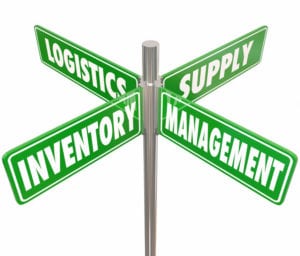Owning and maintaining a store or a business is a dream that many people aim for. Improper managing of a store will lead to a lot of headaches and issues that could be avoided with a bit of foresight and preparation. An important aspect of maintaining a store is effective inventory management.
Properly managing the store’s inventory can easily help you keep track of all expenses, and making sure to have the right amount of goods at your disposal when needed and avoid the accumulation of excess goods.
Tip #1. Having An Orderly Flow of Goods with FIFO and LIFO – FIFO (first-in, first-out) is an approach that has proven to work for many stores, small or large. This practice is assuming that the first goods purchased should be the first ones to sell. This method is mainly used in stores which have sell goods that have an expiration date such as medicine and also foods that become uneatable after some time.
The LIFO (last-in, first-out) method is in stark contrast to FIFO which assumes that the last product purchased should be the first one sold. This method is used for non-perishable goods such as books, clothes and such. When it comes to these types of products, the last purchased will have the highest value and should be sold first. Depending on what the store is selling, one of these 2 managerial philosophies would be a great benefit for a more streamlined workflow.
Tip #2 Setting a Par Level for Each Product – A par level is the amount of a particular type of goods or products that must be available in the store at all times. If the number of goods goes below the set amount, then it is probably a good idea to start ordering some more.
The par level of each type of goods will depend on how fast the particular good sells and how much time it will take to refill that stock. Par levels should be reviewed after a set amount of time to make sure if numbers still make sense such as gift shop suppliers in seasonal areas. If not, then a good decision would be to update them accordingly.
Tip #3 Cleaning Your Stock – Besides making sure that enough goods are available, one must also identify and get rid of stock that does not sell. How to get rid of unsold stock will depend on the product itself, sometimes offering generous discounts may do the trick. This is an important detail to take into consideration because any unsold stock will take up inventory space and money will be wasted maintaining that stock.
Tip #4 Doing Things the Old Fashioned Way – Maintaining a good inventory management practice is all well and good and having a regular audit is also a part of that process. A regular audit is a tedious but important work that implies to physically count the products to make sure that the numbers match the amount that is believed to be available.
All in all, these are just a few of the many tips to keeping an effective store inventory sustained. They may seem a bit simple on paper, however, putting them into practice may prove to be a great challenge and maintaining them will require discipline.


